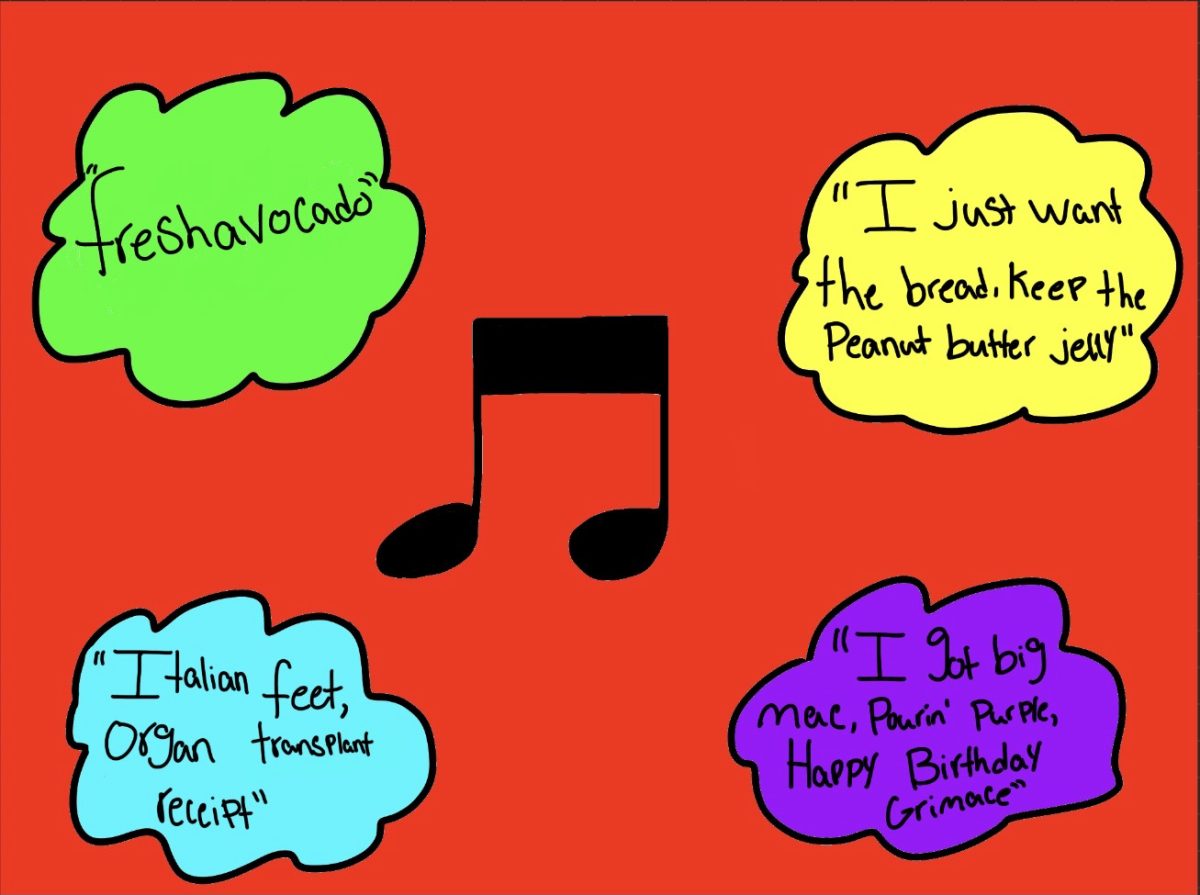Most of the media children consume daily is cringeworthy at best and disturbing at worst. But in between the repetitiveness of “Cocomelon,” the overplayed and over-memed “Among Us”, and the outright bizarre nature of “Skibidi Toilet,” one blue dog is guiding this generation of children’s media to greatness.
That’s right; it’s none other than “Bluey”! This Australian show focuses on the life of the eponymously named 6-year-old Blue Heeler puppy as she plays many games such as pretend and sparks her vast imagination. She is joined by her 4-year-old sister Bingo, their mother Chilli, and their father Bandit, along with her extended family members and many friends.
The concept is simple and has been used before in shows like “Peppa Pig” from England. However, “Peppa Pig” has flaws that many parents find annoying that “Bluey” manages to avoid, such as Peppa being bossy, her brother George wailing at the littlest inconveniences, and the music being extremely grating and repetitive. “Bluey” is a much more relatable show with realistic scenarios. For example, in the episode “Butterflies,” Bingo cries because Bluey forcibly neglects her, something both children and adults get emotional about but is a near-universal experience. Bluey apologizes but also cries as she works to repair her and her sister’s relationship.
Little moments like these prove the show is watchable by all ages despite being a preschool-oriented show. Subtle adult jokes and family moments are laced into the show so parents can get a laugh out of the show just as their kids do. “Bluey” is written so kids and adults alike can enjoy the show.
“Beyond dogs and stuff like that, I really just wanted to show that parents would enjoy watching with their kids rather than you just sort of tolerate it,” show creator Joe Brumm said in an interview with NPR. “Because I thought that that must be a really great experience for a young kid, you know, a 4-year-old, a 5-year-old, to be sitting on a couch laughing together with their parents at their favorite show.”
One of the most notable things fans have found is the present and smartly sensitive father figure of Bandit, something that’s not common to see in the media today. Most dads are portrayed as clumsy and tend to appear emotionally absent or distant from their children. Homer Simpson and Peter Griffin are textbook examples of this portrayal, of course, but the concerning stereotype has also appeared in more modern animated shows like “Rick & Morty”. But Bandit is different; he consistently joins in Bluey’s games, gives her life lessons, and cares for the family, even when he shows visible discomfort. It’s an example of a modern trend in parenting where fathers take on more responsibilities relating to their children and display an outward nurturing position rather than just doing the stereotypical “masculine” housework like home improvement projects or even willfully neglecting their children.
“[Bluey] is super sweet and kind, the plot is wholesome, and it’s just something nice to watch when every other adult show is super violent, scary or sad,” Columbia Heights High School Special Education teacher Ms. Jessica Nelson said.
Another reason “Bluey” is loved by all is that it sometimes gets very emotional and even cathartic. Time and time again, it has proven it is not afraid to delve into heavy topics, including miscarriage, infertility, separation, parenting struggles and even death. These topics are never explicitly mentioned, but developmentally appropriate discussions among characters during these emotional moments are important and appreciated. It is a common trend in children’s media to deal with challenging topics, as seen in movies like “Zootopia” and “Wall-E,” but it is not always executed successfully.
“Bluey” also has a good track record of including diverse characters, including Jack, who displays multiple signs of being neurodiverse, and Dougie, who is deaf and uses sign language to communicate with his mother.
“This is one of the main reasons why I actually started watching Bluey,” Nelson said. “It really does a good job of portraying young kids with disabilities and I would love to see more of the developmental disability side or a speech impairment type of thing.”
Overall, “Bluey” is one of the greatest TV shows on air today, and there is no excuse not to watch it, whether or not you have children of your own. It is available on Disney Junior and is streaming on Disney+. There are 151 episodes released in the United States thus far, so you may wonder, “Where do I start?” If you want a good cry, watch “Sleepytime,” “The Show,” or “Onesies.” If you want to see disability representation, watch “Army” or “Turtleboy.” But if you just want to get a good laugh or have a wholesome feeling, some of the most crowd-pleasing episodes include “Keepy Uppy”, “Grannies”, “Unicorse”, and “Café”. No matter the episode, “Bluey” will surely leave a warm feeling in your heart.










